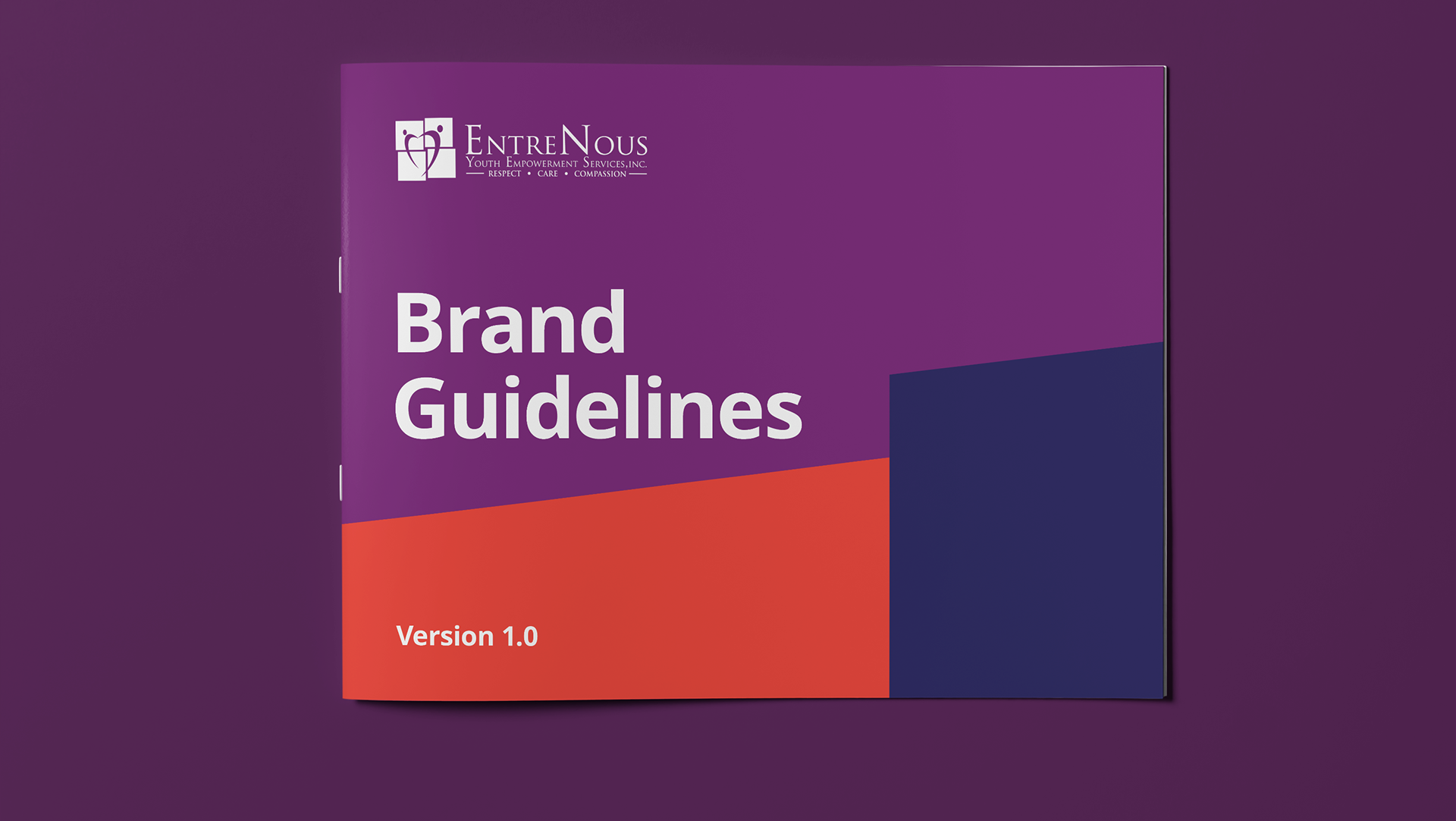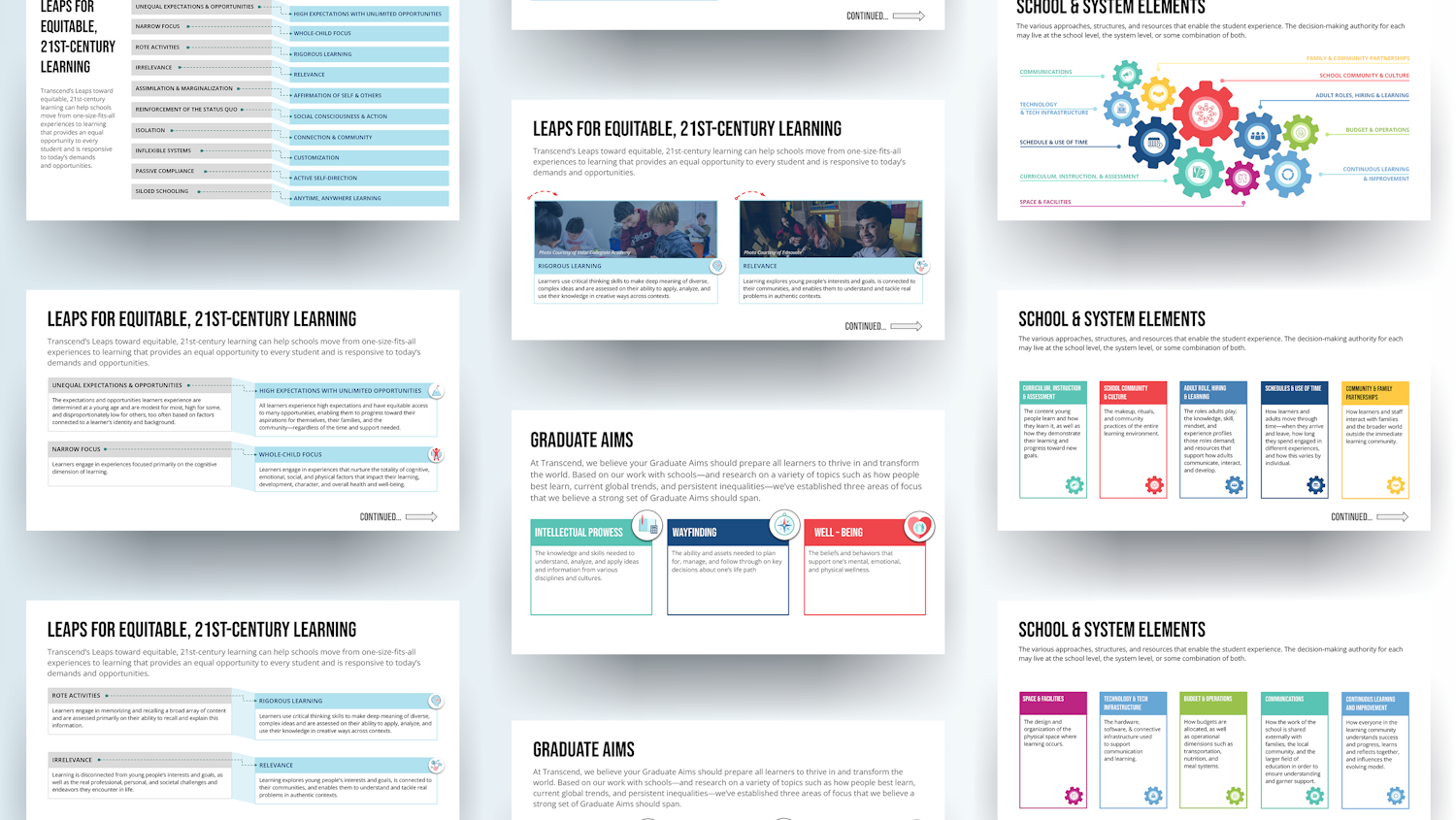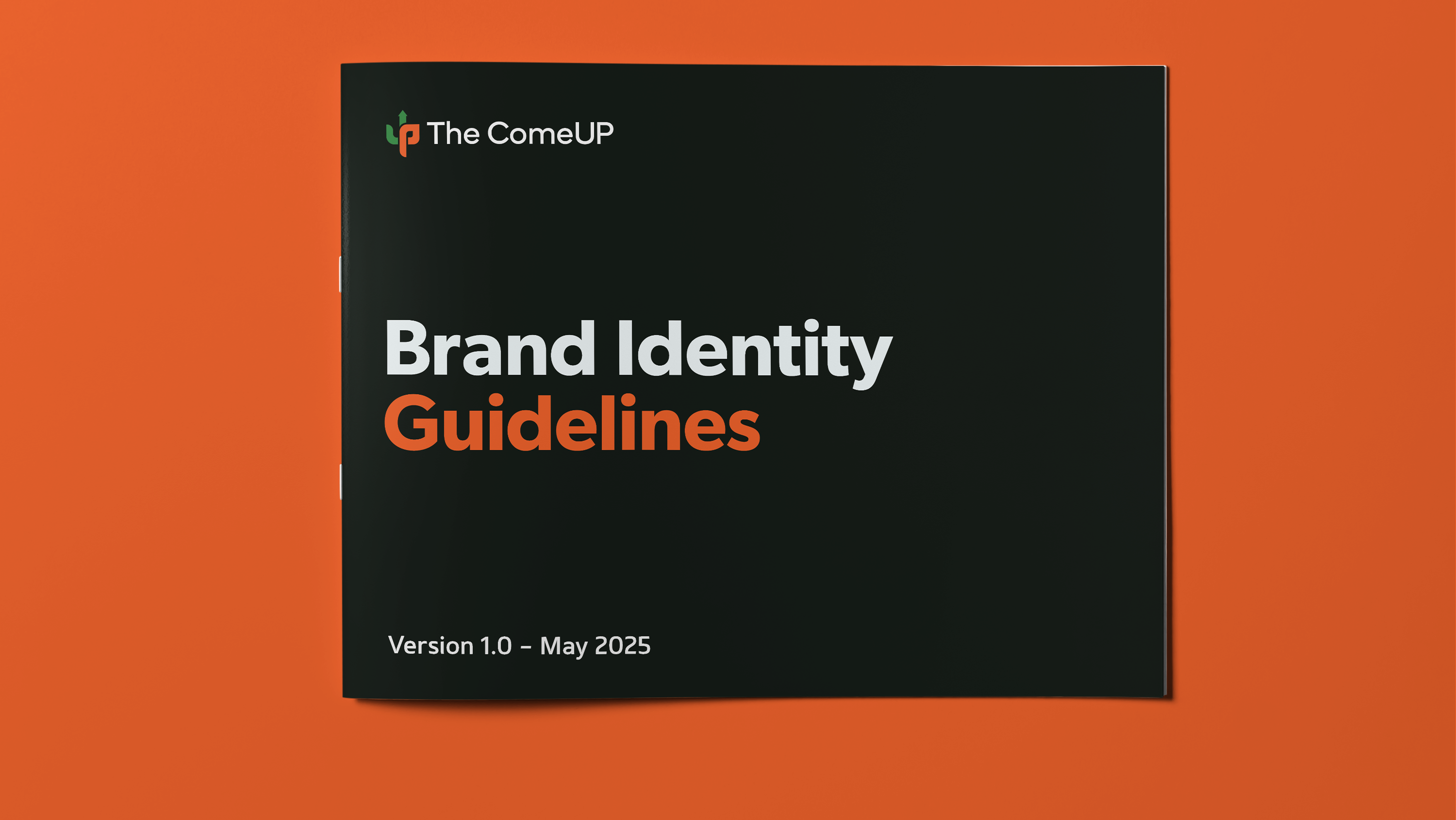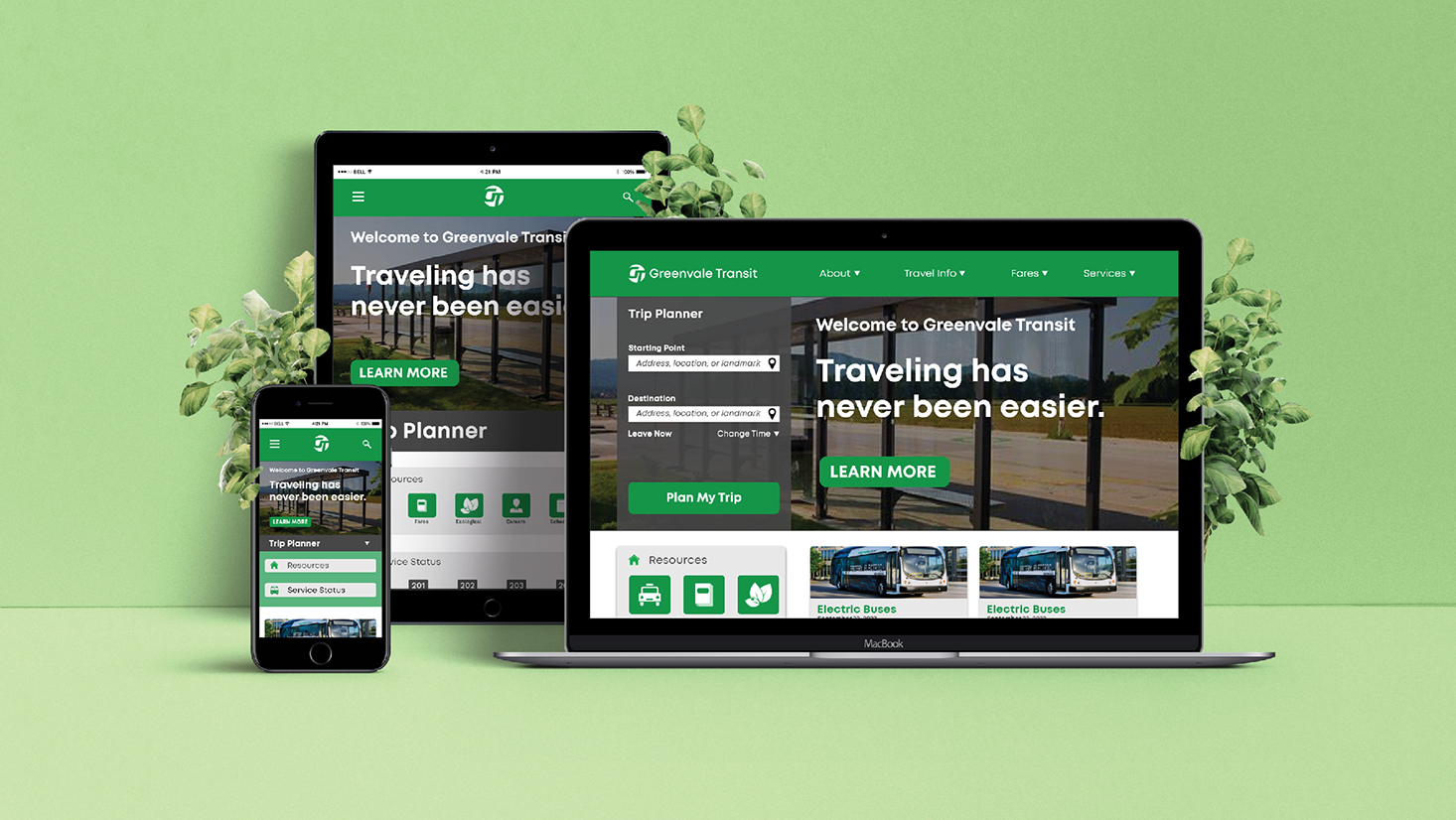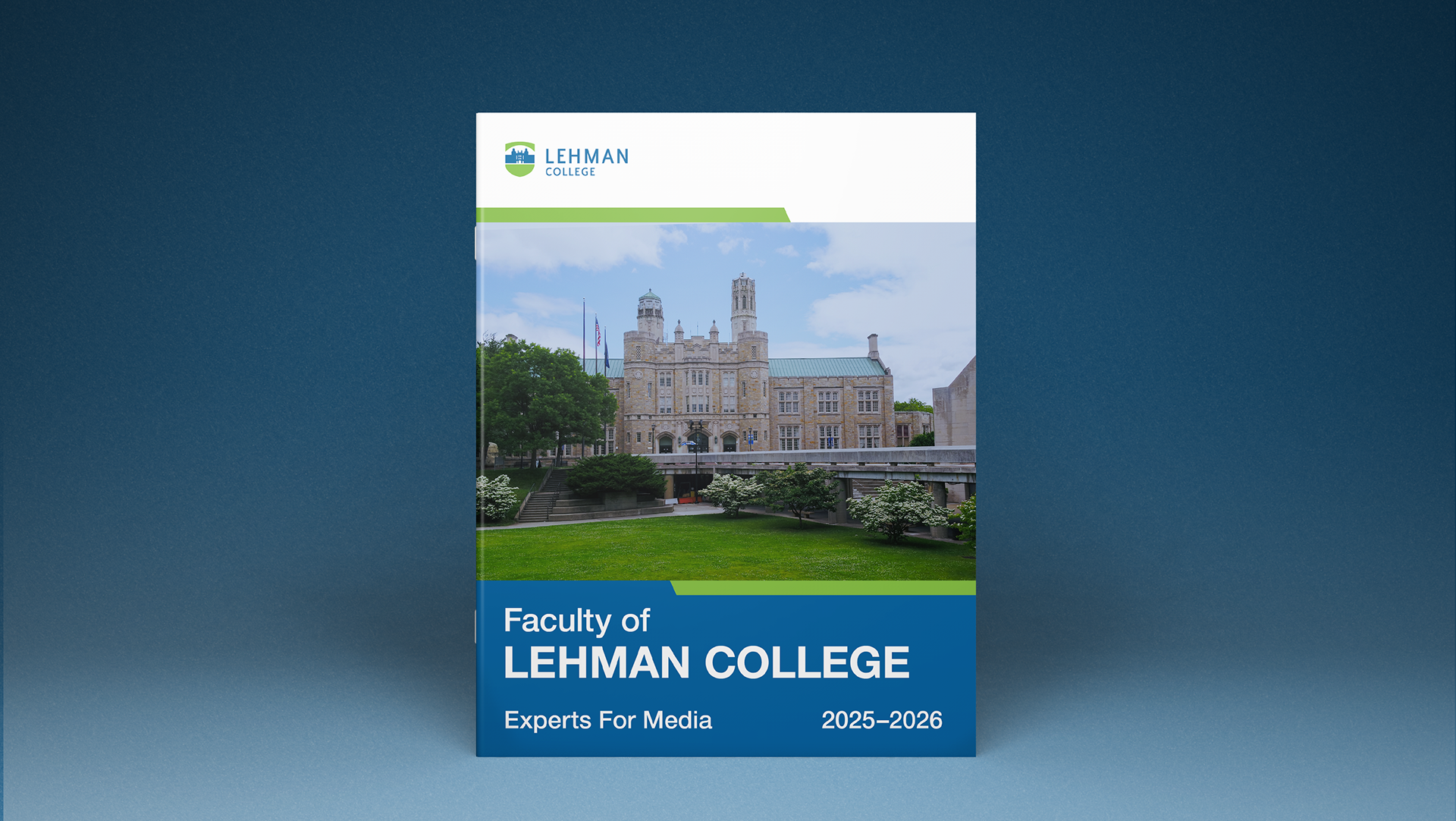Descripton
Lehman College is the City University of New York's only four-year college, located in the Bronx, serving the borough and its surrounding region as an intellectual, economic, and cultural hub. The National Bureau of Economic Research and the Equality of Opportunity Project ranked it as having the fourth-highest mobility rate in the nation. Lehman is a proud catalyst for economic and social mobility for its students, almost half of whom are first-generation college students.
Recently, the college aimed to highlight its achievements in research and scholarships earned within the 2023-2025 year span. Even though there were some economic challenges in the previous years, this year the college wanted to showcase those achievements, as new progress was made towards certain goals.
To do this, the college tasked me with designing a booklet that listed the names of the scientists, their experiences, and their research. This booklet would be named "Advancing Knowledge, Impacting Communities", which debuted in Fall 2025. This included designing the book cover and creating the layout with the existing brand, color, and identity elements.
To do this, the college tasked me with designing a booklet that listed the names of the scientists, their experiences, and their research. This booklet would be named "Advancing Knowledge, Impacting Communities", which debuted in Fall 2025. This included designing the book cover and creating the layout with the existing brand, color, and identity elements.

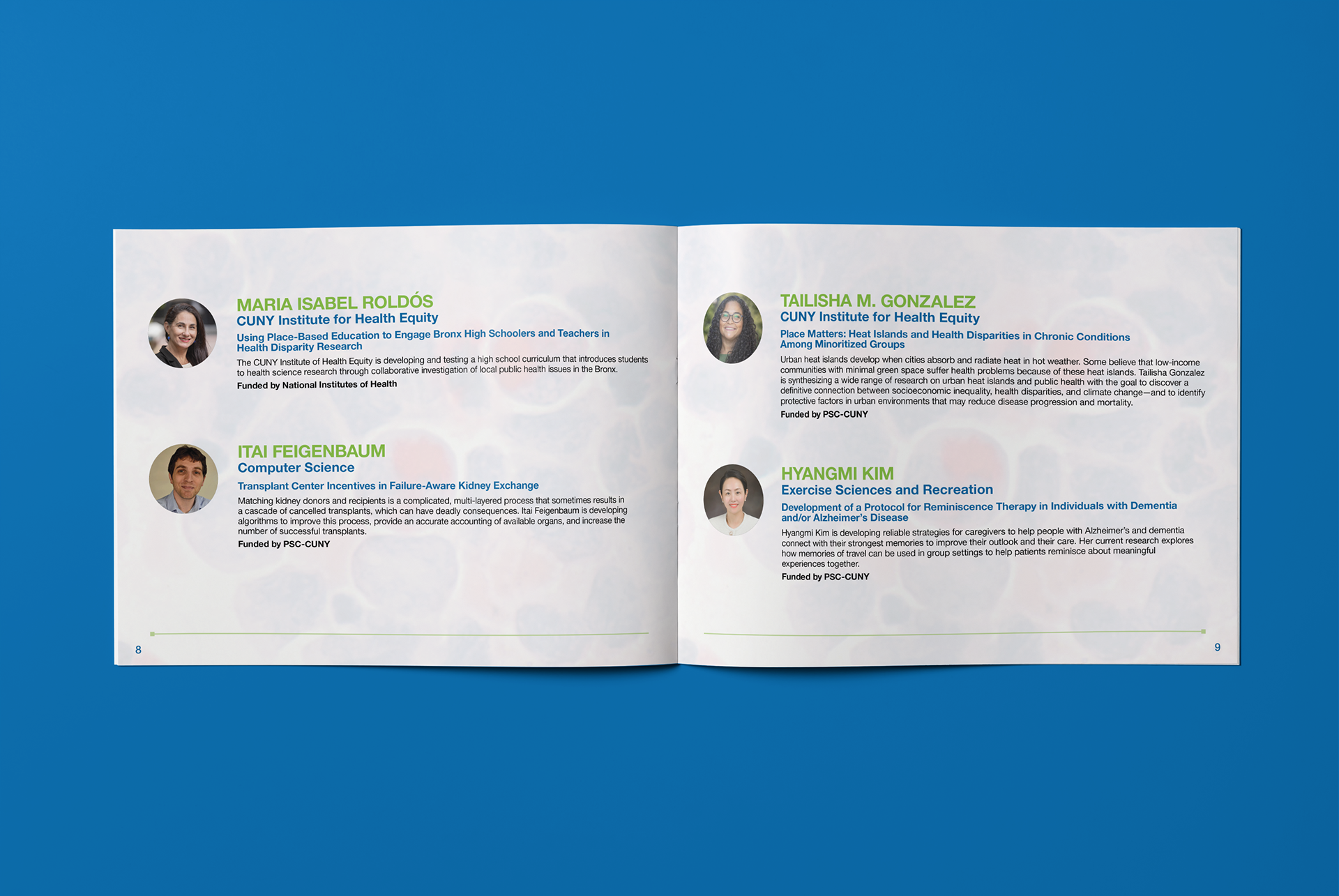
Challenges
Initially, when designing this booklet, its original measurements were to be a 5x7 mini booklet, consisting of just eight pages. However, during the booklet's creation, I was told to change the size to 11 x 8.5, which in turn had me alter the layout and sizes significantly. Also adding to the fact that, as the booklet was being created, more information was added, which meant changing the size, as a small book size wouldn't be able to support so much text.
Initially, when designing this booklet, its original measurements were to be a 5x7 mini booklet, consisting of just eight pages. However, during the booklet's creation, I was told to change the size to 11 x 8.5, which in turn had me alter the layout and sizes significantly. Also adding to the fact that, as the booklet was being created, more information was added, which meant changing the size, as a small book size wouldn't be able to support so much text.
Furthermore, I was told with this booklet not to make it appear cold and lifeless, so my solution was to incorporate the usage of shapes within the booklet. This is seen in the titles and in the images of the professors.
Another challenge was to give the reader places where they could take a break from reading the booklet. As this booklet contained a lot of information, it would tire the reader out if there were no pages that gave them breathing room. My solution to that was that at certain intervals (i.e: beginning of new sections), was to insert chapter breaks. These chapter breaks consisted of an image that occupied a full spread, with supporting text alongside it. Other times, the image would only take up one page, as the main goal was to print the booklet, meaning the final page count had to be a multiple of 4. The final output turned out to be an 11in by 8.5in booklet that contained 36 pages.
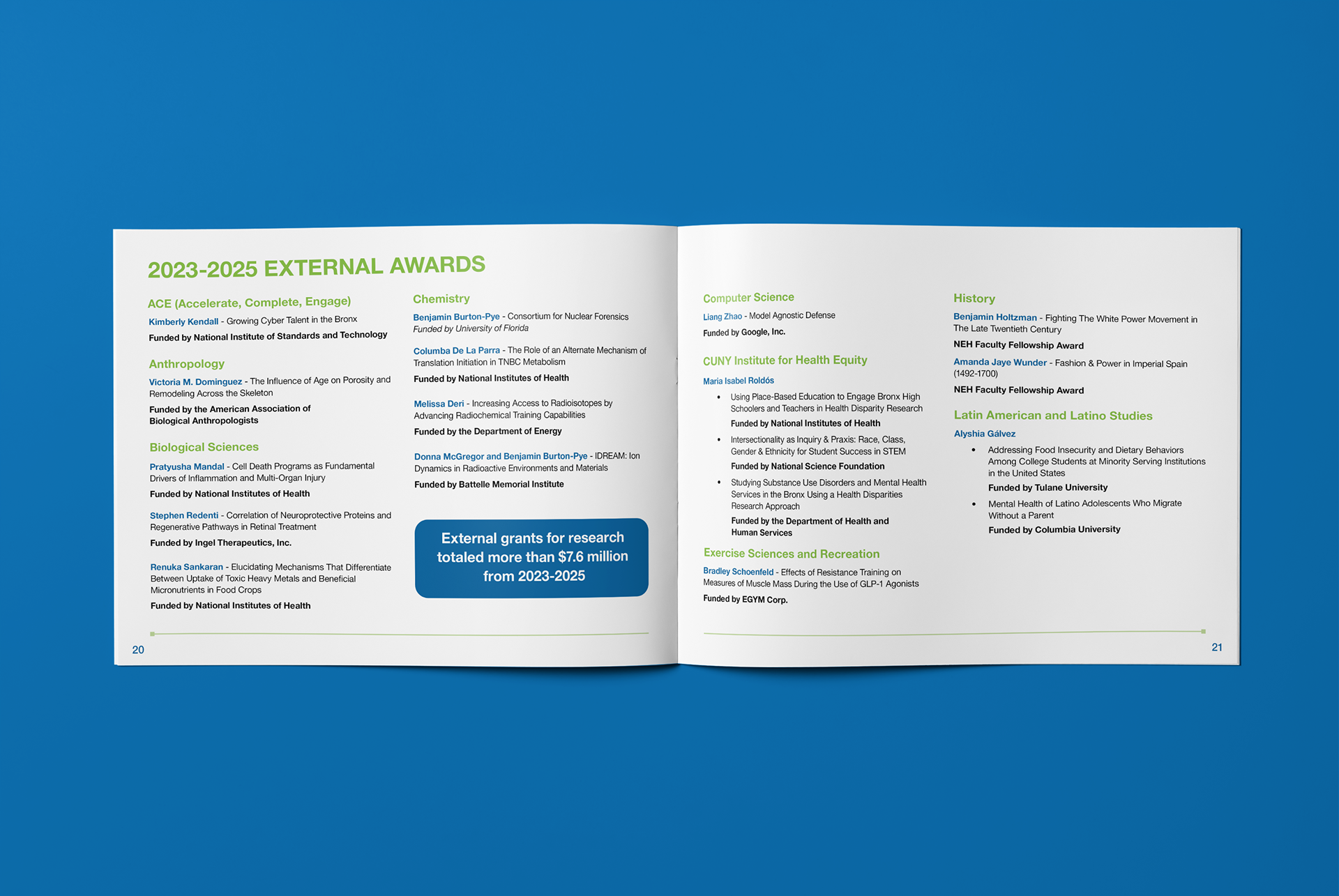
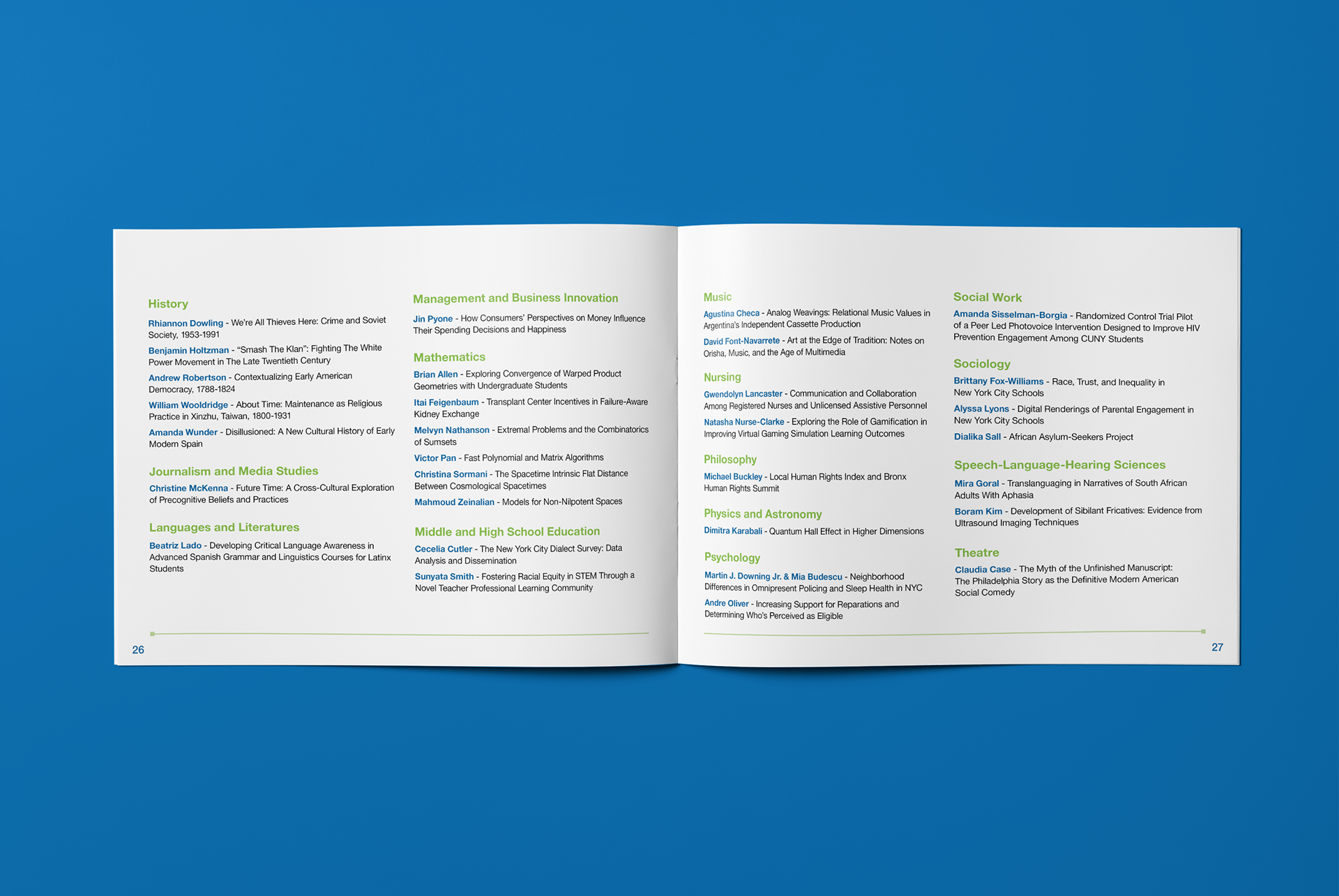
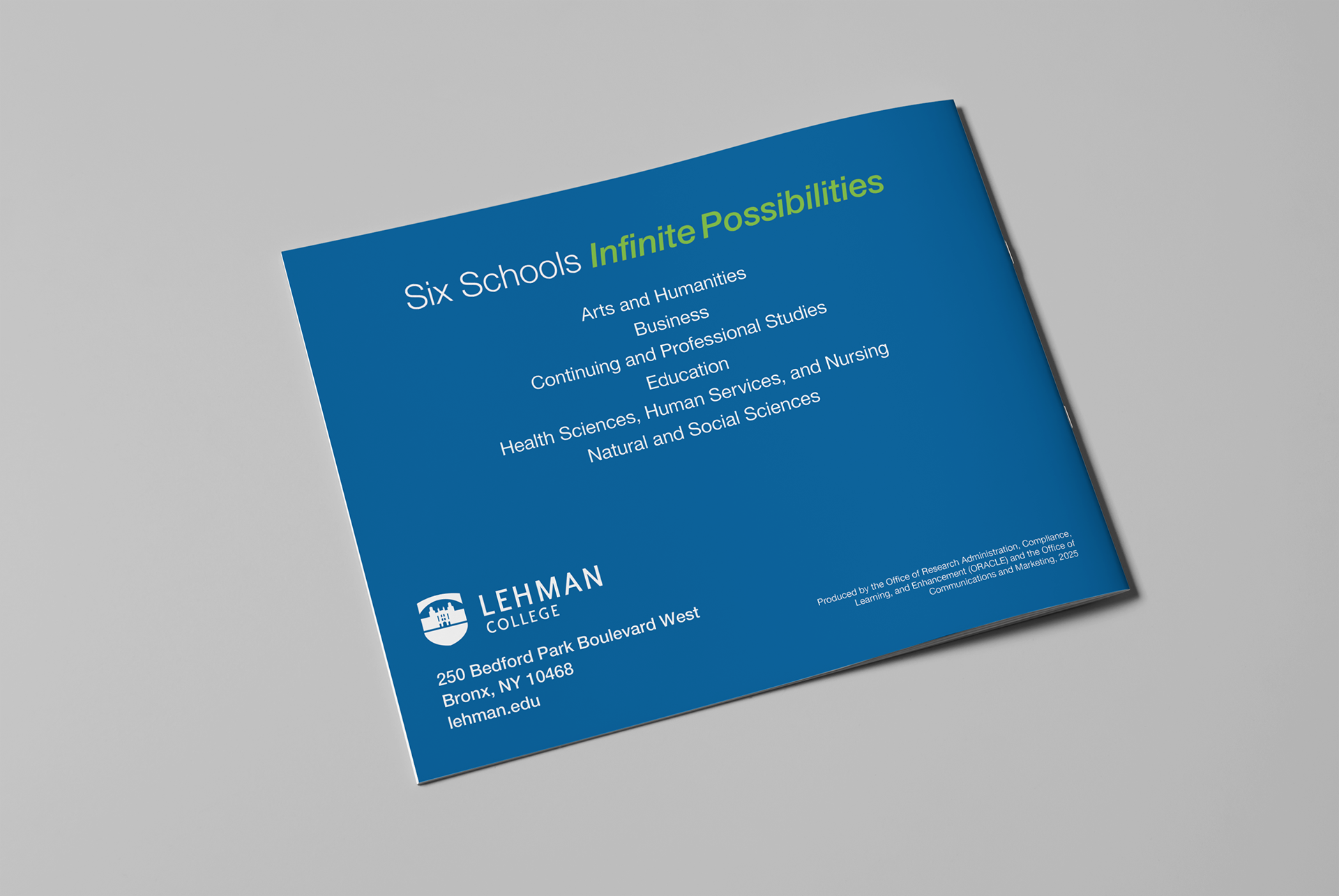
Accomplishments
Doing this booklet gave me the chance to incorporate shapes into the layout, and it also showed me the importance of adding chapter breaks.
On the college side, it gave them a booklet ready to be presented not only to faculty members, but also to prospective guests and the media.
